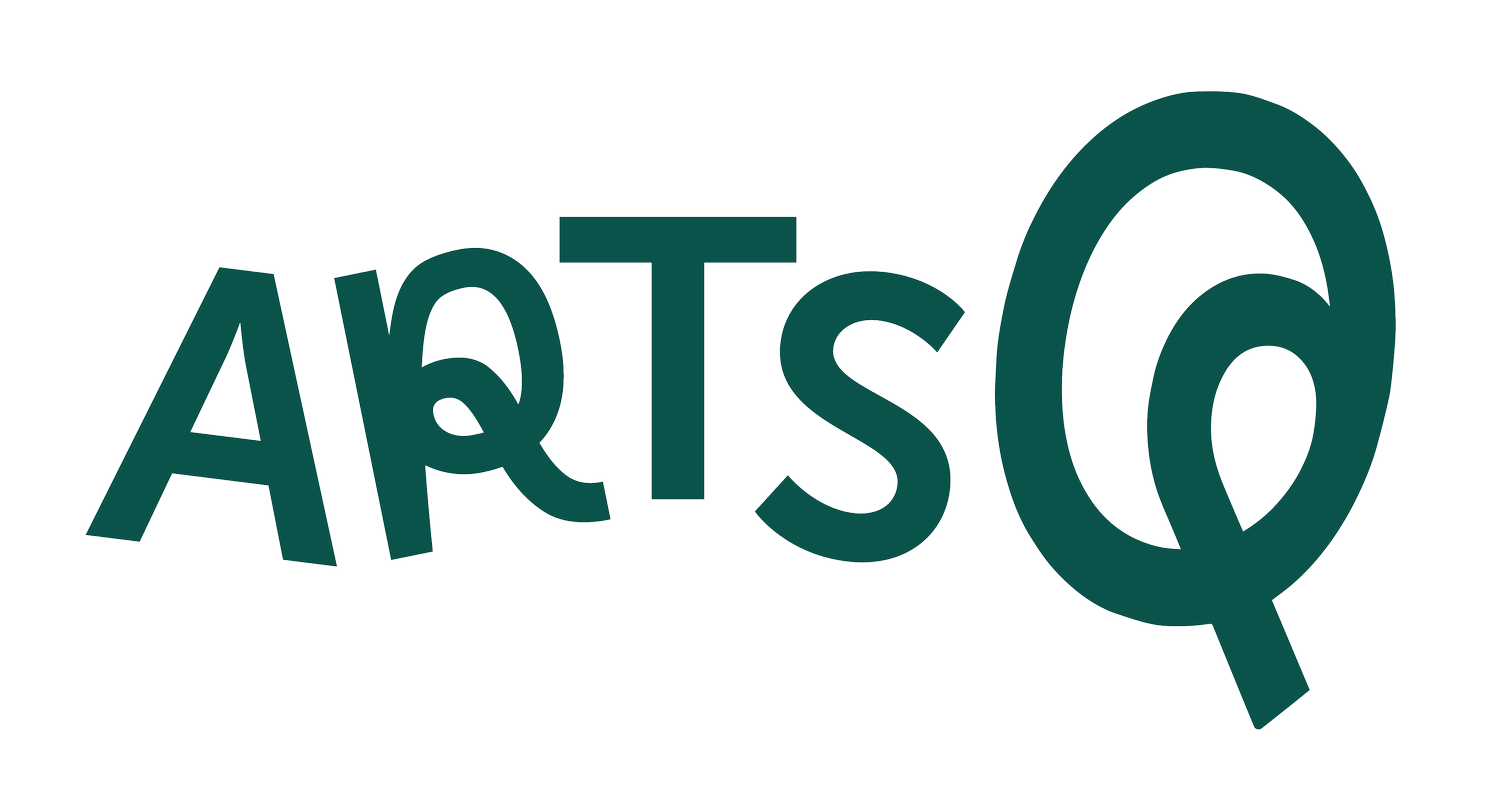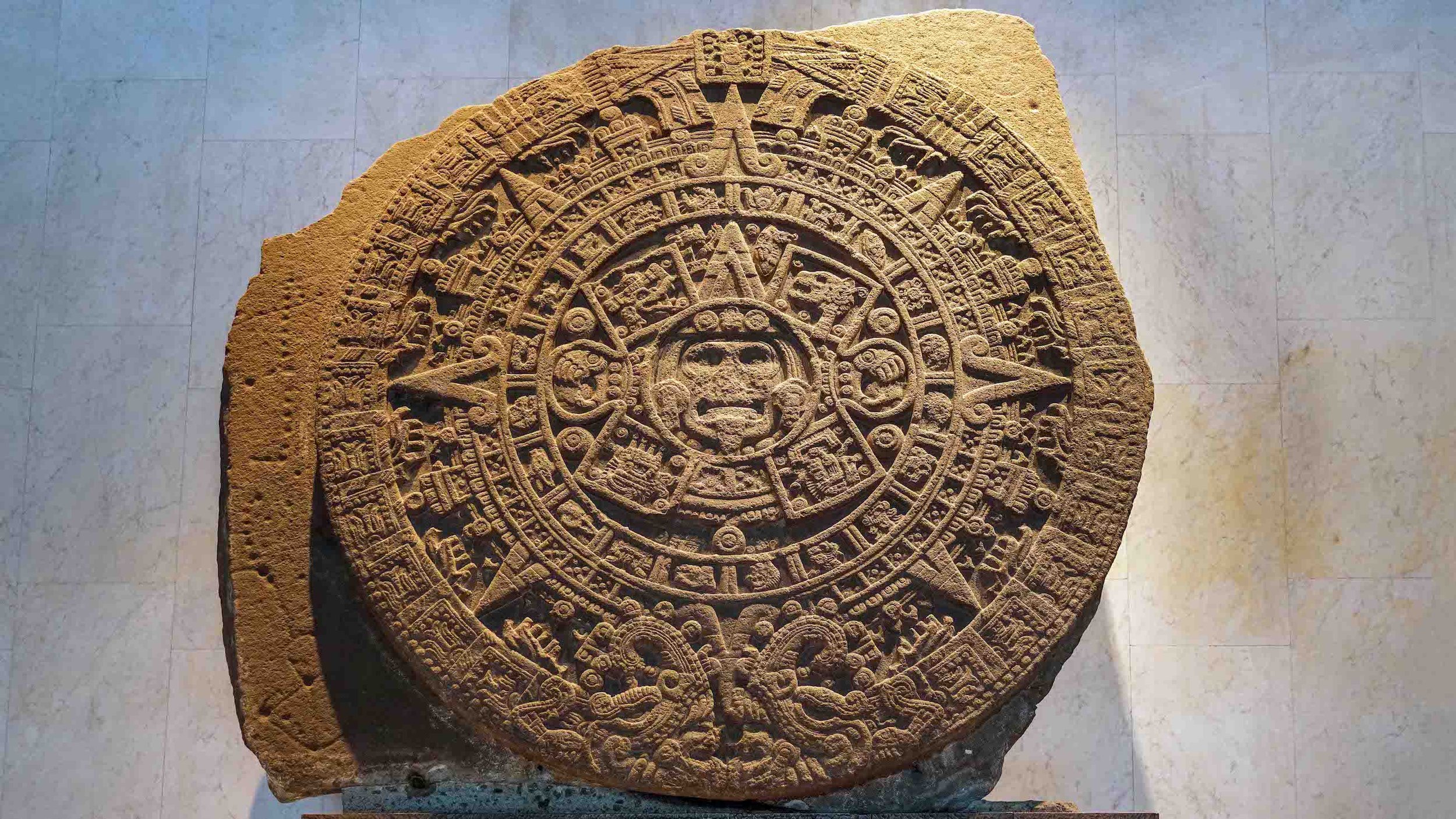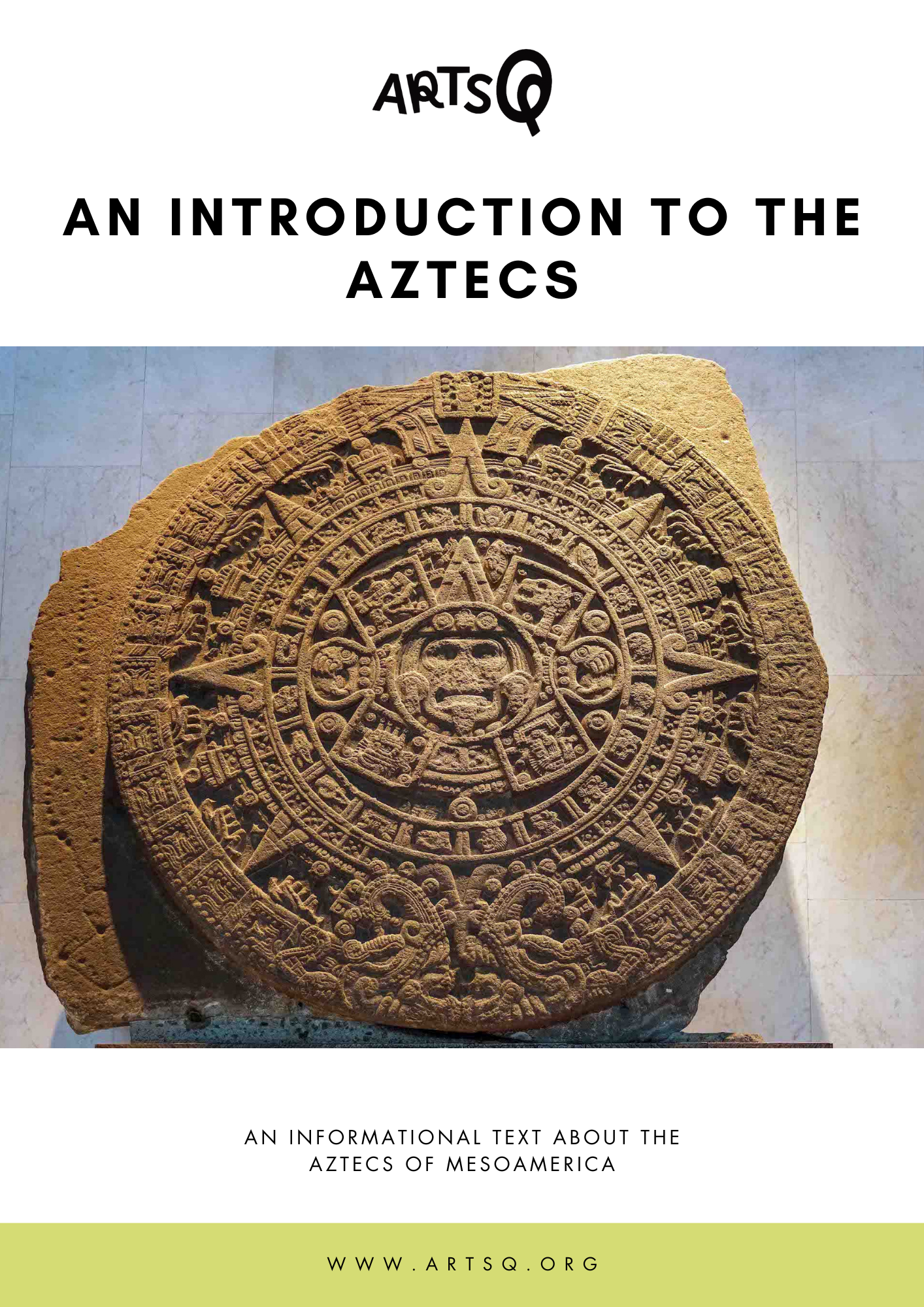
Mesoamerica
Discover Mesoamerica’s rich artistic heritage, from the Olmec to the Aztec civilizations.
What is Mesoamerica?
Meaning “Middle America,” Mesoamerica is a cultural region that includes Mexico, Guatemala, Belize, El Salvador, Honduras, Nicaragua, and Costa Rica
When is Mesoamerica?
Archaic Period c. 8000–2000 BCE
Preclassic Period c. 2000 BCE–250 CE
Classic Period c. 250 CE–900 CE
Postclassic Period c. 900 CE–1521 CE
Archaic Period and Pre-Classic Period
The Archaic Period and early pre-classic village sites like Tlatilco and regions like West Mexico demonstrate the incredible variety of art flourishing in Mesoamerica.
Building monumental pyramids and sculptures in the Pre-Classic, the Olmec were important to Mesoamerican cultural groups
Flourishing in southern Mexico, mainly in Oaxaca, the Zapotecs built a powerful civic-ceremonial center at Monte Albán
An enormous city with a massive population that was planned on a grid—Teotihuacan was a powerful center in early Mesoamerica
West Mexican cultures are largely known through grave goods found in shaft tombs
Classic Period
The ancient Maya are known for their incredible architecture, writing system, and calendar systems
Teotihuacan’s power stretched into the Classic period
The art, history, and culture of the Greater Nicoya region in Costa Rica is not as well known as it should be
Post-Classic Period
The Toltecs at Tula and the Maya at Chichén Itzá and elsewhere in the Post-Classic offer exciting opportunities to talk about contact, cultural complexity, and trade
The Toltecs at Tula and the Maya at Chichén Itzá and elsewhere in the Post-Classic offer exciting opportunities to talk about contact, cultural complexity, and trade
The Mixtecs lived primarily in southern Mexico during the Post-Classic period
Cholula was an important city for trade and pilgrimage
More popularly known as the Aztecs, the Mexica rose to power in Central Mexico in the 14th century and controlled a powerful empire
Supercharge your learning!
Explore Continents
Related Resources























